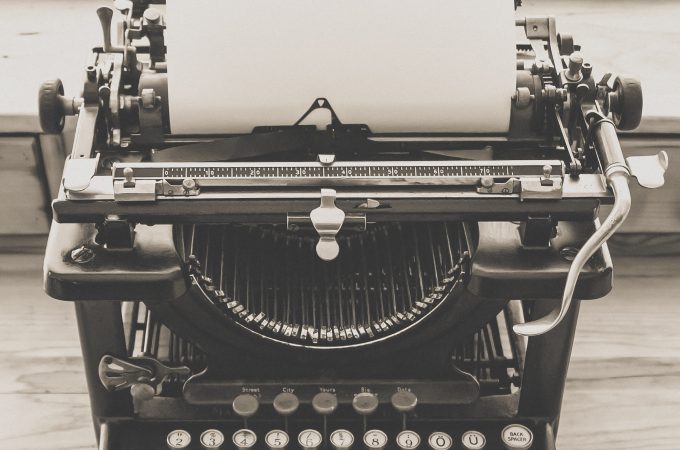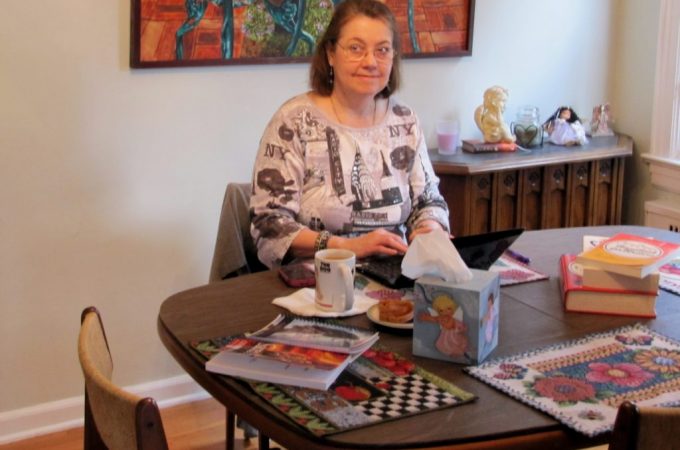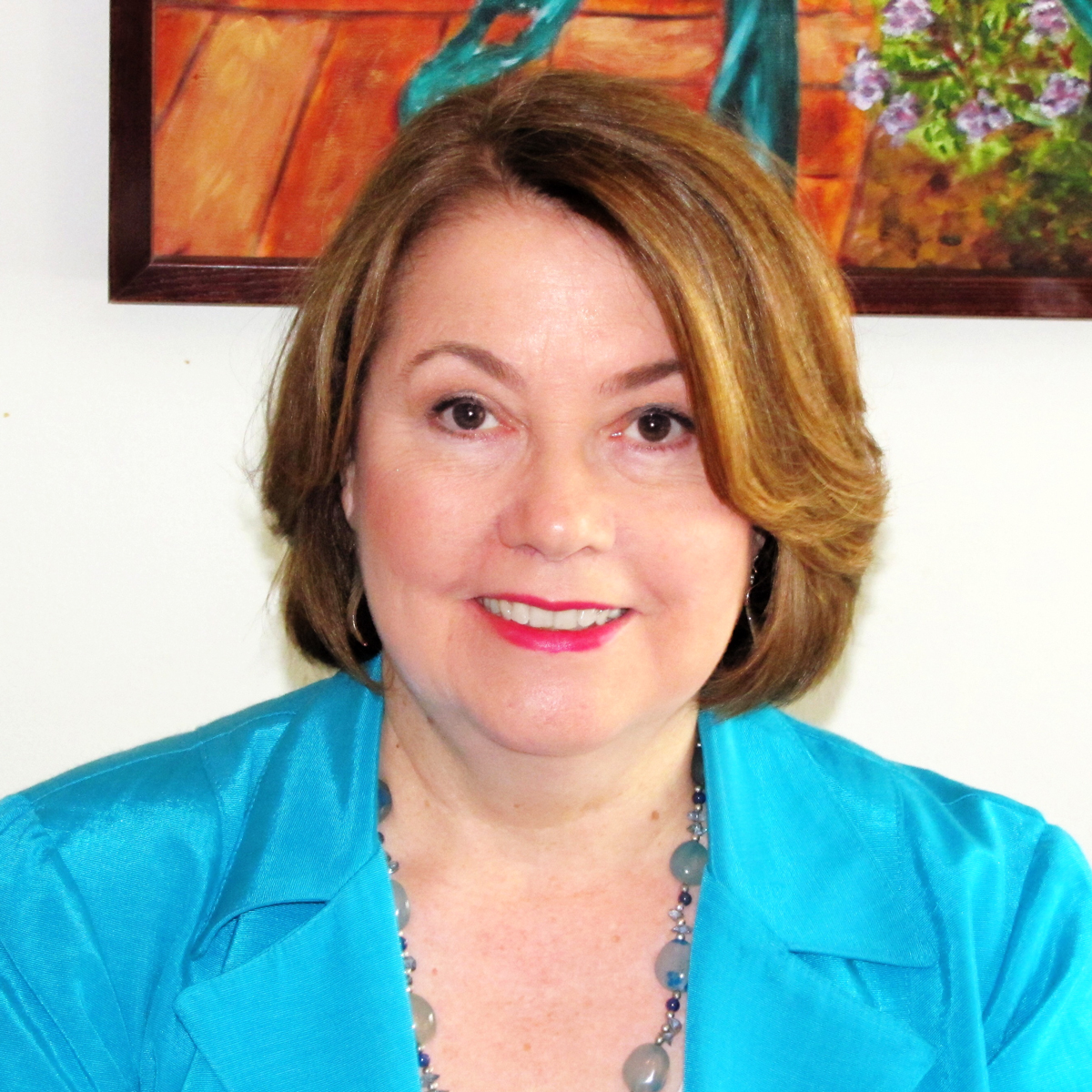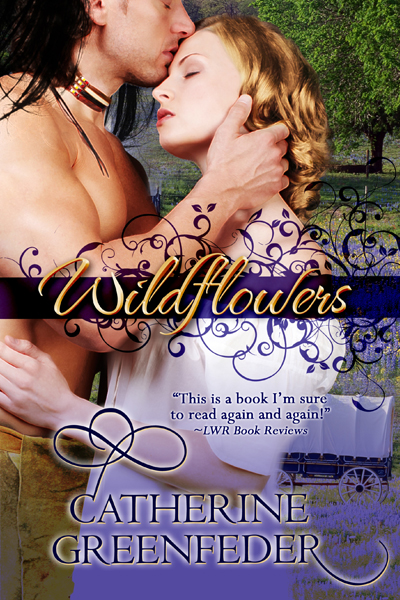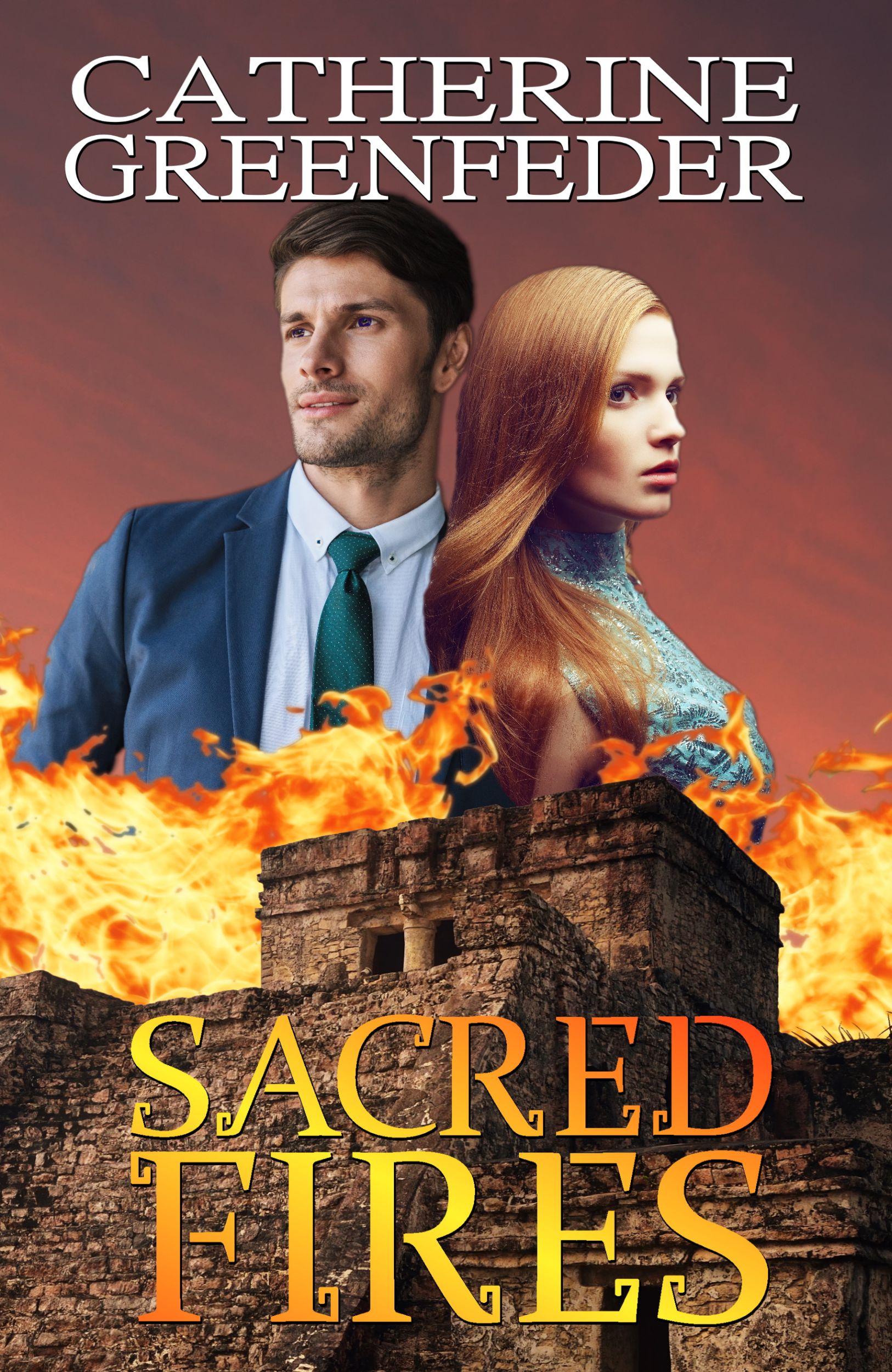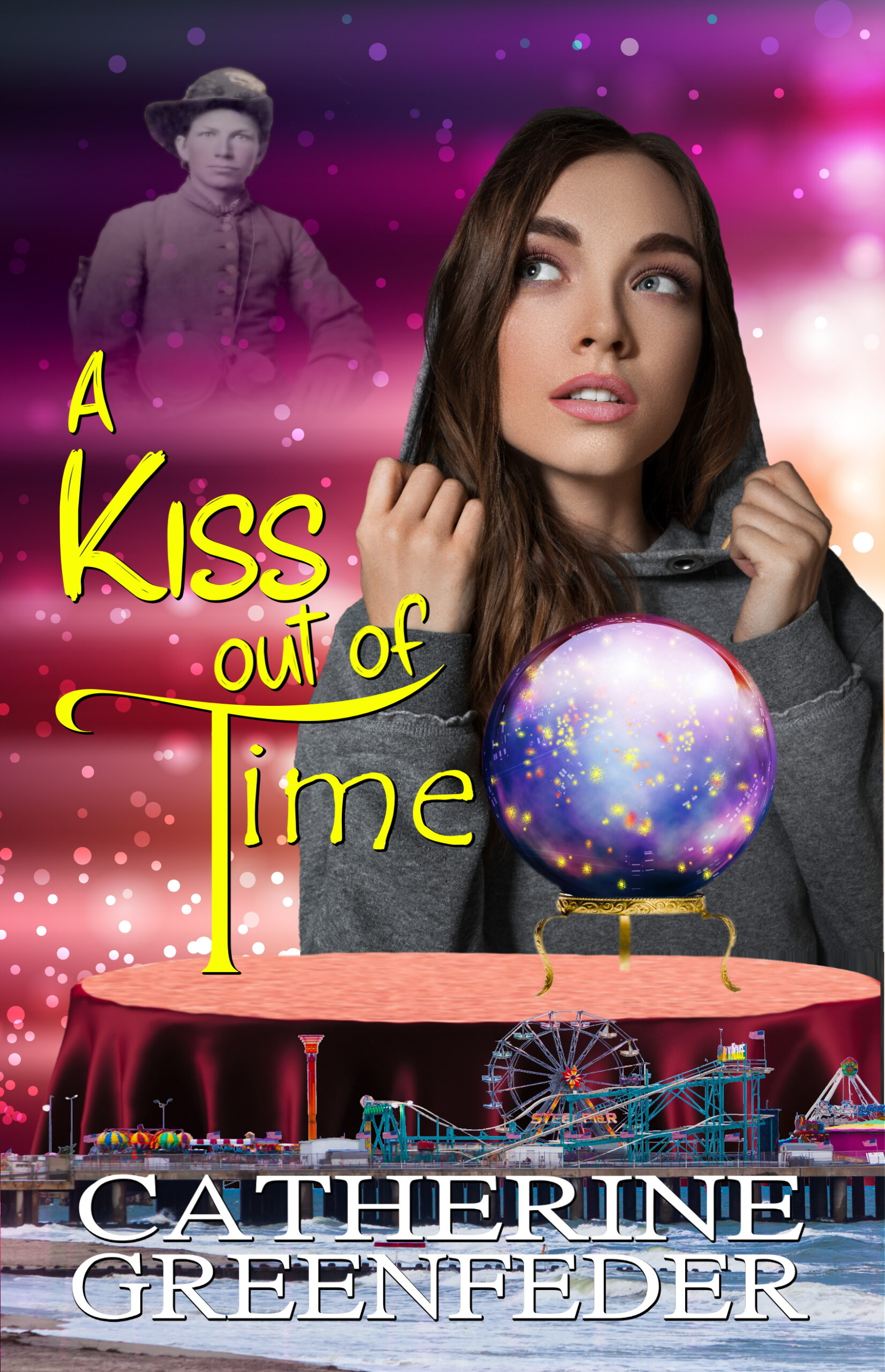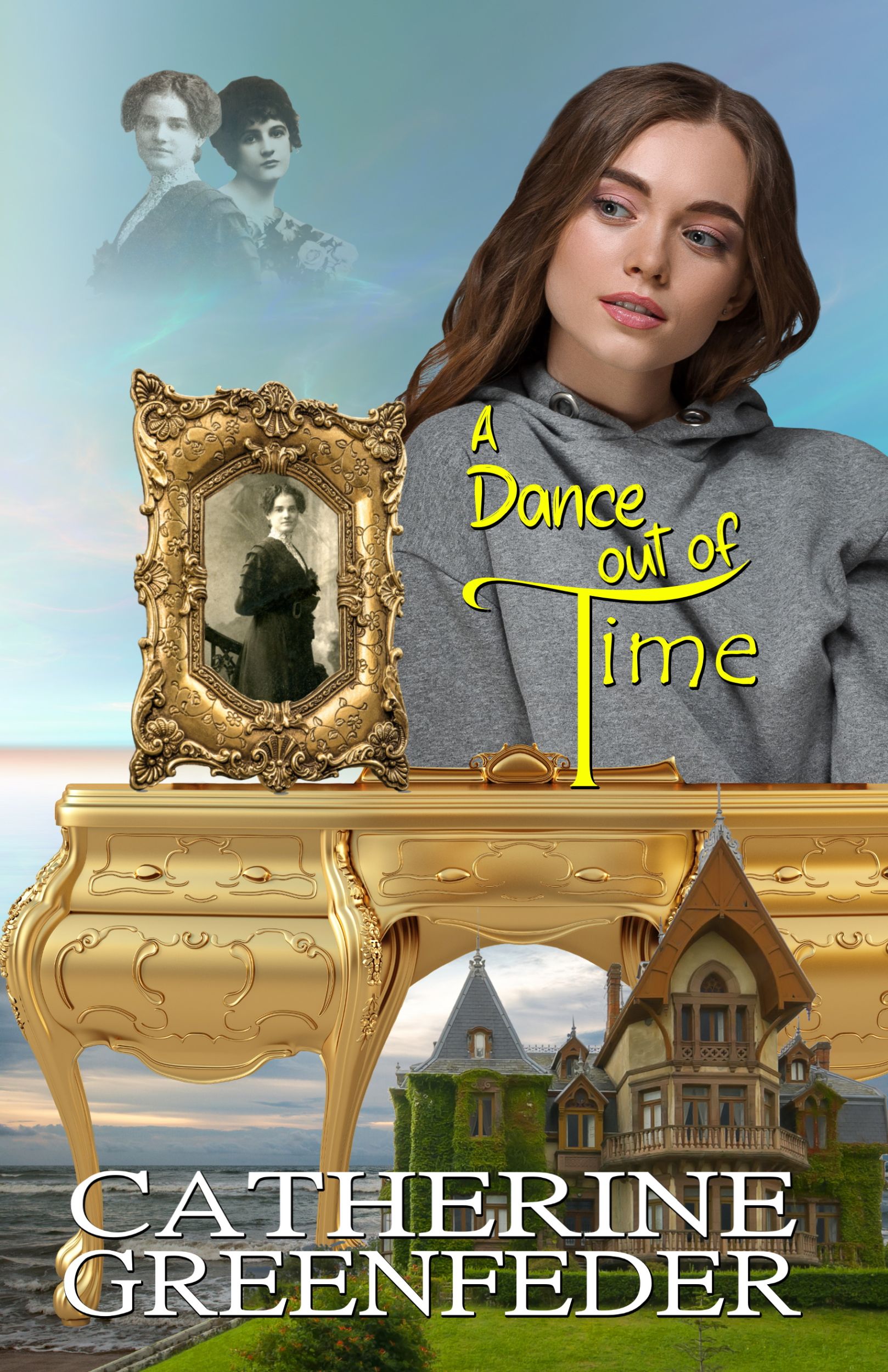To plot or not to plot? That is the question when I start a new story. Most times, I write a fast rough draft after I have a sketch of an outline.
When I wrote during National Novel Writing Month in November, or NaNoWriMo, I wrote as quickly and frequently as possible without revision because the goal is to write 50,000 words in the month. So, it’s more important to get the story down and save revision for later on.
I completed two novels, A Kiss Out of Time and A Dance Out of Time, both YA paranormal books by that method.They needed editing, and I went through them several times before they became publishable, but I enjoyed the free flow of ideas and quick writing it took to meet the NaNoWriMo deadlines.
However, my first romance novel, Wildflowers, a western historical set along the Oregon Trail, took several years and versions to complete before publication. I wrote the draft in a small notebook while commuting to my job as a copy writer in New York City. I did tons of research which I kept in a notebook, used index cards to write notes on characters, and created a timeline for events along the route the characters followed to get from Missouri to Oregon. I typed the novel on my first personal computer, and it went through many revisions with critique partners before becoming published.
I’ve met writers who don’t start writing a draft until they’ve done extensive research and meticulous outlines. I’ve also met writers who I identify with as “pantsers” and write the entire draft and then follow-up with research and revision.
I find myself doing a combination of the two with using some kind of an outline or notebook for ideas, a brief synopsis, and then writing as much as I can. I do research as needed. I also keep a photo collection containing photos from magazines, postcards, and street maps to help visualize the story. I enjoy using Pinterest and created a few boards to visualize settings, characters, food, and even music which might set the mood for a story.
To plot or not to plot? I think the answer is you need to plot, but you can approach it several ways from a few lines on a Post-It note to several detailed pages. Whatever works and gets you to write the story can determine the approach to plotting.
